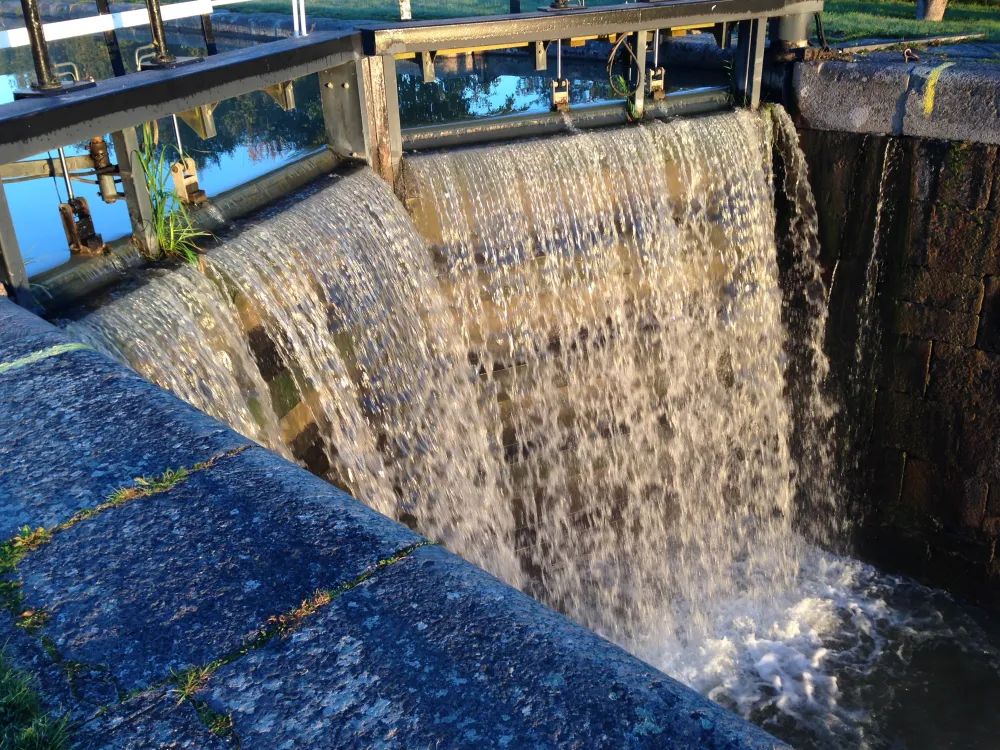The Norsholm Lock
Read about The Norsholm Lock's formal name, year of construction and technical facts. Learn the history!
Product description
Formal name: Biskop Brask (after the bishop who first introduced the idea of a canal through Sweden, in the 16th century).
Year of construction: 1826
Technical facts:The lock was operated manually up until 1979, when it was fitted with hydraulics. The rise of the single level lock is 0.8 metres when Lake Roxen is at its normal water level. Initially, the lock here in Norsholm was narrower than it is today, more precisely, the section just outside the lower lock gates. This meant that boats with the maximum width of 7 metres often struggled to pass this part of the canal. Because of this, a decision was made in the winter of 1890-91, to widen the so-called ‘preliminary lock’ by three inches on each side. In 1855-56, a decision was also made to build a new house for the lock keeper in Norsholm. However, in 1856, the same year it was finished, the house burned down and they had to start again from scratch. A year later, in 1857, the new lock keeper’s house was finally finished.
The lock keeper who lived and worked here from 1861 to 1906 was Anders Johan Olsson. He lived alone with his daughter Augusta, except for short periods during which he had the help of a farm girl. To the southeast of the lock lies the former lock inspector’s house, thought to have been built around 1832. However, the building was not moved to Norsholm until 1859. The lock inspector was Carl Johan Carlsson, who lived and worked here in 1904. He lived together with his wife Clara and their children Clara Martha, Elisabeth, Anna Ingrid Beata, Carl Georg Henning and David Gunnar.
